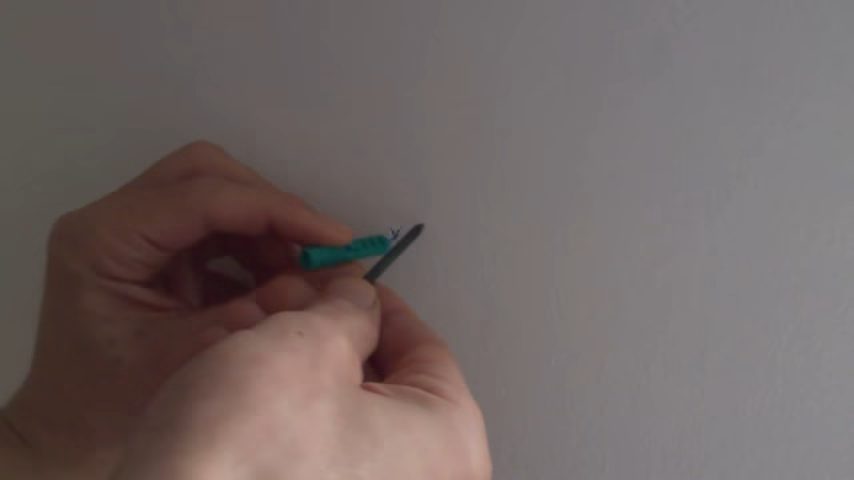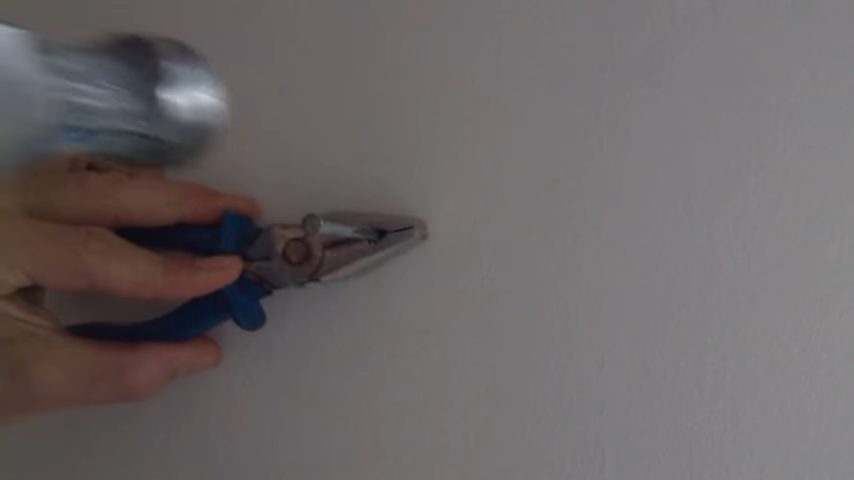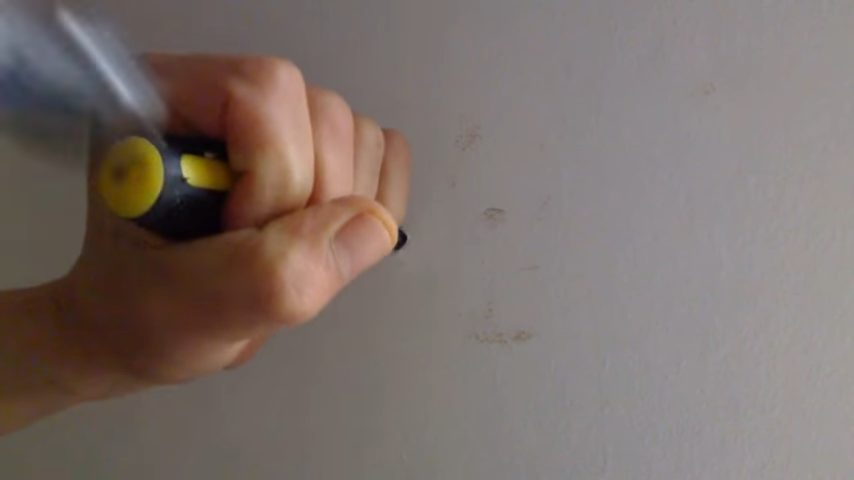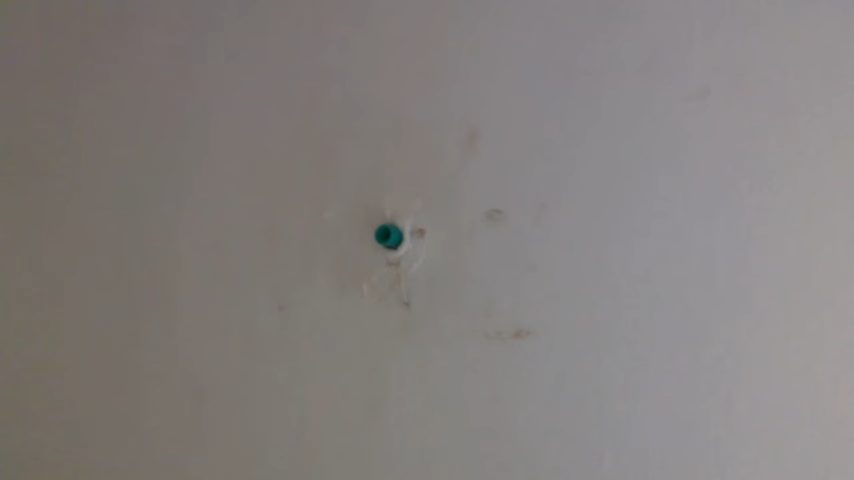How to Screw Into a Concrete Wall without a Drill

In this guide, I’ll teach you how to screw into a concrete wall without a drill.
Being an electrician, I’m well aware of the techniques used to screw holes into concrete walls with just a nail, a hammer, or a screwdriver. However, concrete walls are tough, so you need a sturdy screwdriver and steel nails for penetration.
Quick Summary: Follow these simple steps for screwing into a concrete wall without a drill:
- Find a nail. The nail must be smaller than the screw.
- Puncture your wall with a nail and a hammer. Ensure the nail is driven deep into the wall to leave a neat hole.
- Take out the nail with the claw side of the hammer.
- Insert the screw
- Adjust the screw
I’ll cover more details below.
Note: Below, I’ll show you a guide on how to do this and insert an anchor afterward for various purposes, such as hanging pictures.
Procedure
Step 1: Make a Small New Hole with a Nail
First, I recommend you make a new hole with a hammer, a standard Phillips head screwdriver, a nail, and a pair of pliers.

Map out the region on the wall where you want to screw into with a pencil or a nail. Next, drive the nail into the wall with a hammer until you get a nice hole. Remember to grab the nail with a pair of pliers. That way, you won’t accidentally strike your fingers.

Once the hole is deep enough, pull the nail out with the claw side of your hammer.
Step 2: Twist in Your Screw
The extra space created by the hole you hammered in with the nail will make things much easier for screwing the screw in.
Be cautious not to go overboard, overwork the screwdriver, and unintentionally drive it through the walls. A screwdriver can also be bent to rip out a piece of drywall. You should go gently if you want a neat hole.

Step 3: Insert The Drywall Anchor
After that, thread the drywall anchor through the hole and fasten it.
To ensure a smooth installation, flush it with the wall. Overtightening it will cause it to tear out.

Step 4: Adjust the Screw
After hanging the object, remove the screw. After locating the screw, you need to adjust it manually with your fingers to ensure it’s tight.
You will also need to tighten it with a Phillips screwdriver once it’s a little more than a quarter inch away from the wall. That way, you will not have to worry about excessive screw protrusion or pushing it out far from the wall when hanging your item on it.
Frequently Asked Questions —FAQs
Is It Possible to Hammer a Screw Into the Wall?
Screws should not be driven directly into the wall. Large pictures require picture-hanging hardware to hang securely. A screw inserted into walls without an anchor cannot be held in place permanently. It will pull out sooner or later.
Why are my Screws Not Staying in the Wall?
Screws drilled directly into drywall frequently leave ground drywall behind that must be fixed. If you can’t find wall studs in the right places to support your mountings, you may need to insert anchors. However, anchors can become dislodged. Regardless of how strong other anchors are, wood holds better.
Must I Use a Nail when Screwing Into a Wall?
Using a nail to make an indentation on the wall is not necessary, but it is acceptable if desired. As you start screwing the drywall anchor into the wall, use the indentation to hold the drywall anchor’s tip.
Take a look at some of our related articles below.
- How to screw into concrete without a hammer drill
- How to get nail out of wall without hammer
- How to hang picture on brick wall without drilling
Video Reference
The Only Way Productions
